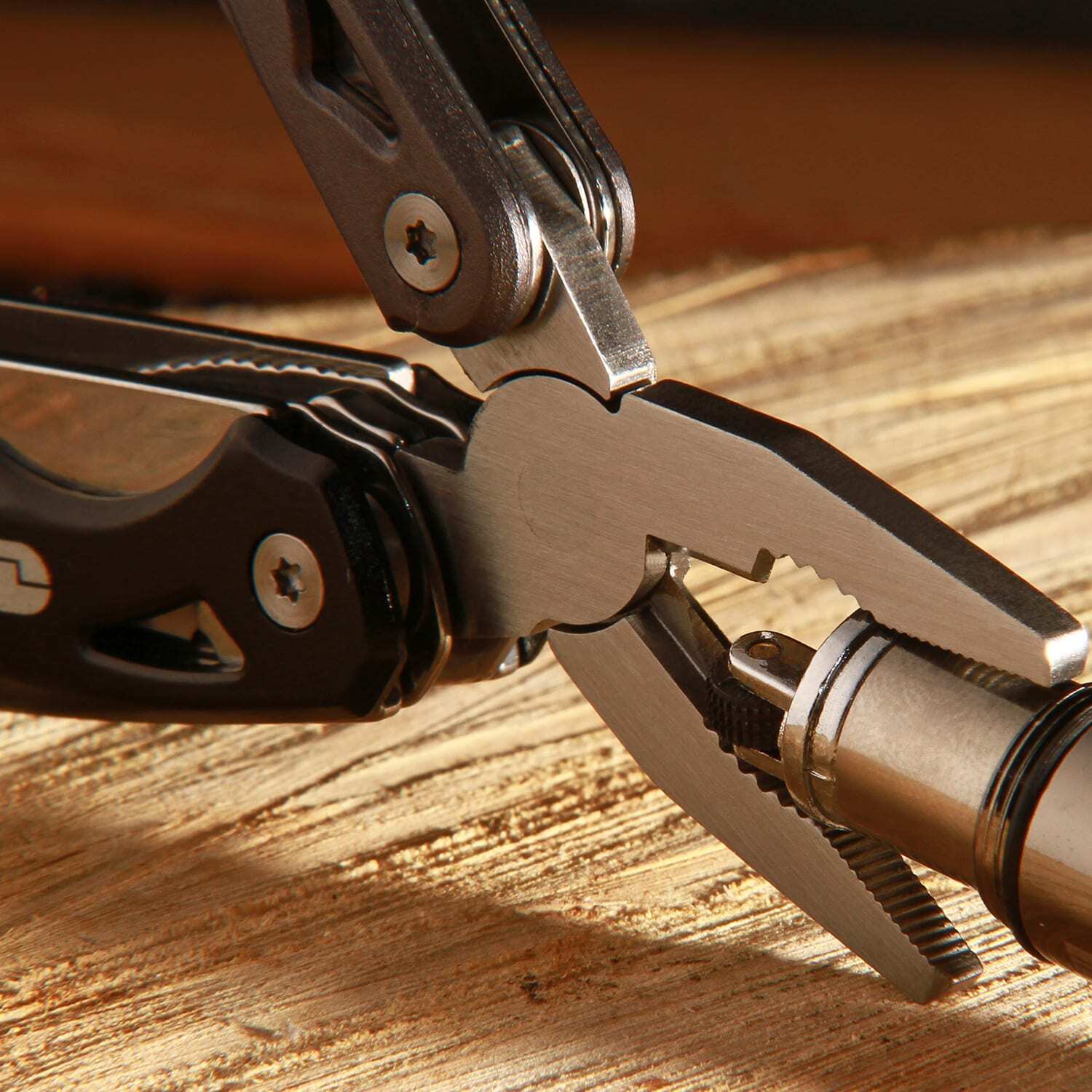

The blade is symmetrical, with roughly parallel sides.Ī double bolstered handle with a significant cant, resembling the shape of a dog's hind leg. Shorter knife, bolster on the blade end only, and a single scalpel-style blade.ĭouble bolstered handle with a blade opening from each end.

First produced in Sheffield, England, the Barlow knife became popular in America in beginning of the nineteenth century. It is assumed to have been named after its inventor, although there is some dispute as to which Barlow this actually was. The Barlow knife has a characteristically long bolster, an elongated oval handle, and one or two blades. Some popular patterns of slipjoint knives include: Slipjoints tend to be smaller than other typical pocketknives. Many locking knives have only one blade that is as large as can be fitted into the handle, because the locking mechanism relies on a spring-loaded latch built into the spine or frame of the handle to lock it and it is difficult to build in multiple levers, one for each blade.

The first spring-back knives were developed around 1660 in England, but were not widely available until the Industrial Revolution and development of machinery capable of mass production. This means that the blade does not lock but, once opened, is held in place by tension from a flat bar or leaf-type back spring that allows the blade to fold if a certain amount of pressure is applied. Most pocketknives for light duty are slipjoints. The knife's low cost made it a favorite of small farmers, herdsmen, and gardeners in Europe and the Americas during the late 19th and early 20th century. 2–5) Opinel knives are an example of the peasant knife. Some peasant knives used a bolster or tensioning screw at the blade to apply friction to the blade tang in order to keep the blade in the open position. The first peasant knives date to the pre-Roman era, but were not widely distributed nor affordable by most people until the advent of limited production of such knives in cutlery centers such as Sheffield, England commencing around 1650, with large-scale production starting around the year 1700 with models such as Fuller's Penny Knife and the Wharncliffe Knife. The peasant knife, farmer knife, or penny knife is the original and most basic design of a folding pocketknife, using a simple pivoted blade that folds in and out of the handle freely, without a backspring, slipjoint, or blade locking mechanism. After that, it’s a matter of finding the components (and the price point) that speak to you.Smaller Opinels are a type of peasant knife Along with pliers, other popular features they suggest include a knife, scissors, and screwdrivers - versatile tools you’ll use all the time. To help you find your next multi-tool, we asked Wiese and 16 other outdoor experts about the favorite multi-tools they take with them on every adventure. It’s also true that a couple of rival brands may suit your needs better. While Leatherman is something of an industry standard for outdoorsy people (Anderson says he thinks of the brand in the same way he does Kleenex or Xerox), it’s tricky to choose between the numerous design variations available. You’re guaranteed to make regular use of them, “whether you’re fishing and need to pull a hook out, or you just need to do something around the house.” According to Explorers Club president Richard Wiese, who has carried his Leatherman Bond up Kilimanjaro and Everest, “Leatherman was the first to have big hefty pliers, and to me, that’s the most practical thing.” Pliers are key, agrees Chase Anderson, industry relations manager at Utah State University’s Outdoor Product Design and Development program and creator of the Outdoor Recreation Archive.

There are myriad configurations of blades, snips, and other bits and bobs. While multi-tools make our lives easier, however, finding the right one for you can be hard. Slide one in your pocket when you head out hiking, biking, or fishing and you’ll be ready to tackle just about anything.
#Pocket multi tool knife drivers#
Phillips and flat-head screwdrivers, knives and saw blades, scissors and wire snips, pliers and bit drivers and tweezers and bottle openers - with a multi-tool they’re all available with the flick of a finger. There’s something deeply appealing about a chunky metal rectangle that unfurls to reveal an arsenal of tools.


 0 kommentar(er)
0 kommentar(er)
